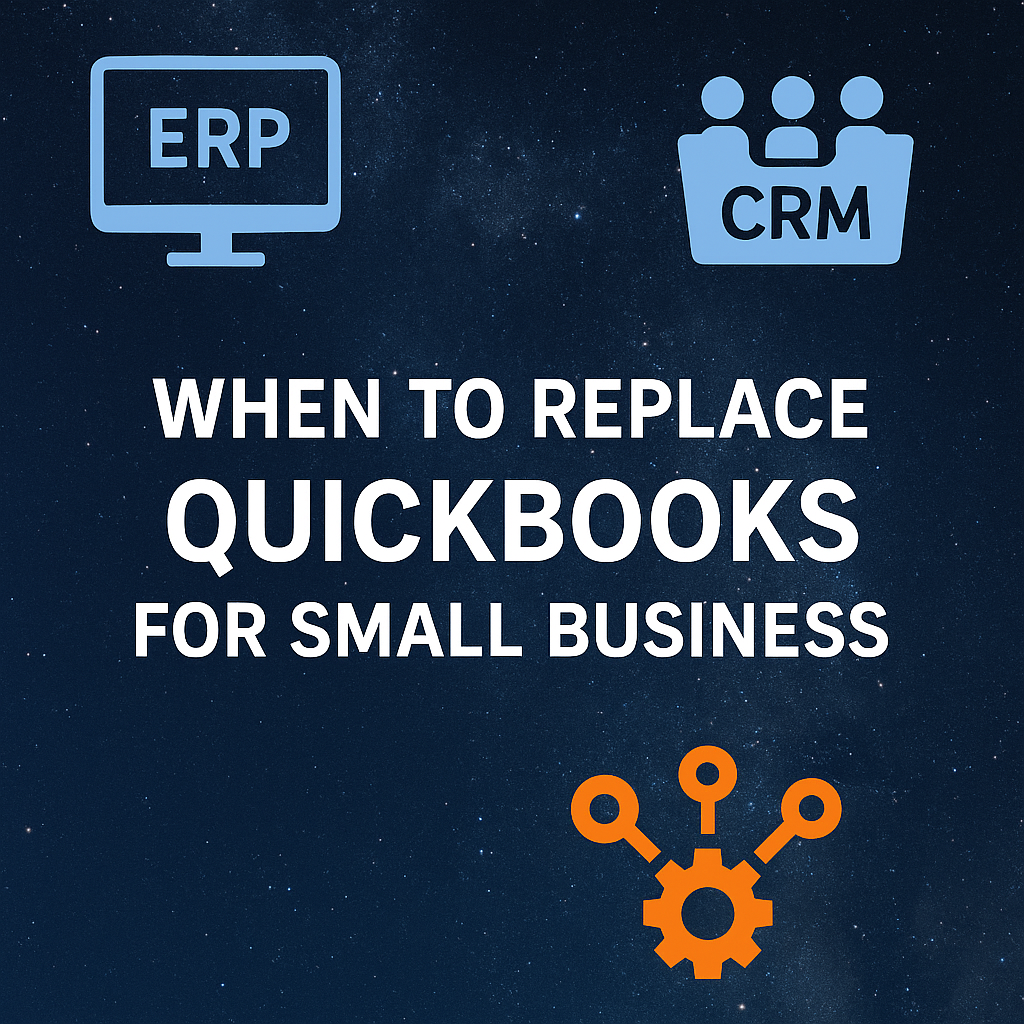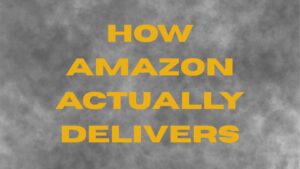Small businesses often hit a wall with outdated technology—especially when systems like QuickBooks can’t keep up with operational complexity or growth ambitions. The good news? Scaling with smarter technology doesn’t have to be overwhelming.
This guide walks you through the essential technologies that can help you automate, optimize, and expand your business, along with how to evaluate what’s right for your specific goals.
Table of Contents
ToggleWhy QuickBooks Isn’t Built for Scale
QuickBooks works well for startups, but as you add customers, locations, SKUs, and financial complexity, it starts to fall short. Common limitations include:
- Lack of real-time inventory tracking
- Inadequate financial reporting
- Poor integration with e-commerce or CRM tools
- Manual processes that slow growth
Eventually, businesses need more advanced solutions that allow them to manage complexity and support long-term scale.
Key Technology Categories for Growth
Before choosing a specific platform, it’s helpful to understand the types of systems available and what problems they solve.
1. Accounting and Financial Software
Systems like NetSuite, Microsoft Dynamics, and Sage Intacct go far beyond bookkeeping. They offer:
- Multi-entity financial consolidation
- Real-time dashboards
- Advanced budgeting and forecasting
- Audit-ready reporting
2. Inventory & Supply Chain Management
Growing inventory or product lines? You’ll likely need better control than QuickBooks provides. Look into:
- SAP Business One for small manufacturers
- Fishbowl as an add-on for QuickBooks
- Blue Yonder or Manhattan Associates for more complex logistics
3. Customer Relationship Management (CRM)
CRM software like Salesforce, Zoho, and HubSpot helps you track every customer interaction and sales opportunity:
- Automate sales pipelines
- Centralize customer data
- Improve lead nurturing and retention
4. Marketing Automation
To compete with bigger brands, small businesses need tools that can scale marketing with minimal overhead. Popular choices:
- HubSpot
- Constant Contact
- ActiveCampaign
These platforms let you personalize customer journeys and track engagement across email, social, and your website.
5. E-commerce Tools
If you’re selling online, standalone tools like Shopify can handle transactions. But you may want a more integrated experience using ERP platforms that tie together orders, inventory, and customer data.
6. Human Capital Management (HCM)
As your team grows, so does the need for HR tech. HCM platforms like Workday, Gusto, and BambooHR provide:
- Payroll and benefits management
- Recruitment tracking
- Performance reviews
- Employee lifecycle insights
What Is ERP—and Should You Use It?
Enterprise Resource Planning (ERP) systems are platforms that combine your core business processes—finance, inventory, CRM, HR, and more—into a single system.
✅ Pros:
- Single source of truth
- Streamlined operations
- Scalable infrastructure
⚠️ Cons:
- Higher implementation cost
- Change management required
- May include more features than needed at early stages
If you’re managing multiple disconnected tools or growing quickly, ERP may be the right next step. If not, best-of-breed point solutions might be a smarter move for now.
Top ERP Systems for Small Businesses
Here are some of the top ERP platforms tailored for growing small and mid-market companies:
| ERP System | Strengths |
|---|---|
| Odoo | Open-source, modular, low-cost |
| NetSuite | Cloud-based, scalable, strong financial features |
| Sage X3 / 100 | Inventory-heavy businesses |
| Priority Software | Manufacturing, mobile-friendly |
| SAP Business One | International use, robust supply chain tools |
| QuickBooks Enterprise | Lightweight, ideal for early growth |
Not Ready for ERP? Consider These Alternatives
If a full ERP feels like too much right now, there are other smart paths:
Best-of-Breed Solutions
Pick and connect best-in-class tools for each department (e.g., QuickBooks + Shopify + Zoho CRM).
Business Intelligence & Interoperability
Platforms like Snowflake or Palantir help connect data from various sources without replacing your systems. They improve visibility without disrupting operations.
How to Select the Right Tech Stack
Here’s a simplified process for choosing what’s best for your business:
- Document your current pain points
- Define your future growth plans
- Identify must-have features
- Compare systems objectively
- Start with a clear transformation roadmap
Use independent rankings, product demos, and implementation checklists to guide your decision—not vendor sales pitches.
Resources to Support Your Decision






